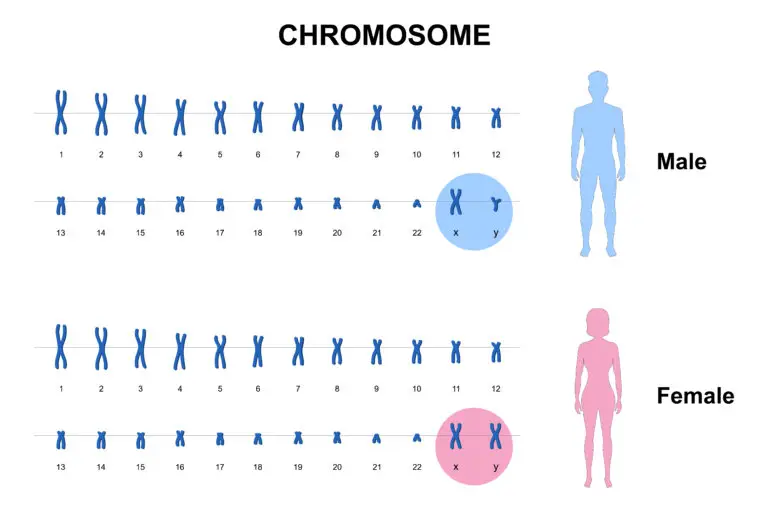Karyotype

Table of Contents
What is a Karyotype??
A karyotype is a visual representation of the chromosome complement of an individual or a species, arranged systematically. It is a photographic or diagrammatic layout of chromosomes, typically organized according to size, shape, and banding patterns. Karyotypes are used in genetics to study chromosomal abnormalities, determine the sex of an individual, and analyze the overall chromosomal composition.
Karyotype Overview
Chromosome Visualization
Karyotypes provide a visual representation of an individual’s chromosomes. Chromosomes are structures within cells that carry genetic information in the form of genes.
Chromosome Number
The karyotype reveals the total number of chromosomes present in a cell. For example, humans typically have 46 chromosomes (23 pairs), with 22 pairs of autosomes and one pair of sex chromosomes.
Sex Chromosomes
In humans, the sex chromosomes are designated as X and Y. The arrangement of sex chromosomes in a karyotype can reveal the individual’s biological sex (XX for females and XY for males).
Arrangement and Classification
Chromosomes in a karyotype are arranged and classified based on their size, with the largest chromosomes typically numbered 1, 2, and so on. The sex chromosomes are usually placed at the end.
Band Patterns
Chromosomes often exhibit banding patterns when stained, and these patterns can be observed in a karyotype. The banding helps identify specific regions of chromosomes and facilitates the detection of structural abnormalities.
Structural Abnormalities
Karyotypes are essential for identifying structural abnormalities, such as deletions, duplications, translocations, and inversions. These abnormalities may lead to genetic disorders or contribute to disease conditions.
Prenatal Diagnostics
Karyotyping is also utilized in cancer diagnosis to examine the chromosomal abnormalities present in cancer cells. Aberrations in chromosomes can contribute to the development and progression of cancer.
Related Links
Genome
Gene Expression
Homologous
Prophase